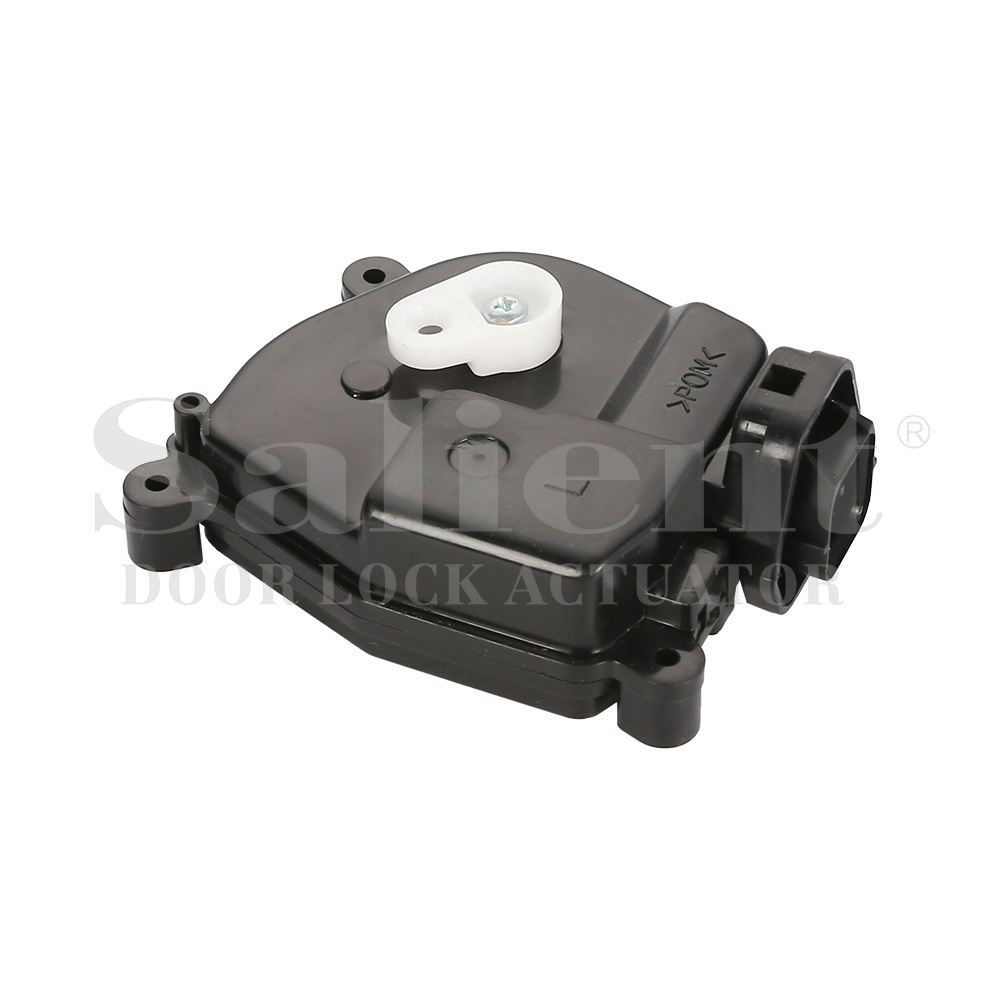Car door locks play an indispensable role in the daily experience of car safety and convenient use. From the initial mechanical key unlocking to today's remote control smart lock system, the development of car door locks not only reflects the progress of technology, but also reflects people's ever-increasing demand for driving safety and user experience.
The most basic function of car door locks is to prevent theft and protect passenger safety. It can effectively prevent the vehicle from being illegally opened when it is stationary, and prevent the door from accidentally opening during driving. In addition, the door lock also plays a role in isolating external interference and maintaining private space, especially in urban traffic congestion or parking lots, which is even more important.
Mechanical door locks
Traditional mechanical key door locks rely on physical keys for unlocking and locking. This type has low cost and simple structure, and is still widely used in some mid- and low-end models or industrial vehicles, but its safety and convenience are relatively low.

Remote Keyless Entry
Users can remotely control the opening and closing of the car door through the remote control button, which is one of the most widely used electronic door lock systems. It is easy to operate and can control the locking status of multiple doors at the same time to improve efficiency.
Smart Keyless Entry & Start System
Also known as "induction door lock", the owner only needs to carry the induction key, approach the vehicle to automatically unlock, and leave the vehicle to lock. This system improves the user experience and is also a key step for smart driving.
Biometric door lock
As one of the future trends, some high-end models have begun to try to use fingerprint recognition, face recognition and other technologies to unlock, which not only enhances safety, but also provides a new way for personalized use of cars.
A complete car door lock system usually includes the following parts:
Control module: receives signals and issues commands;
Motor drive device: responsible for performing locking or unlocking actions;
Sensor: detects door lock status and key signals;
Mechanical linkage system: connects door handles, lock cylinders and motors.
When the driver presses the remote control or approaches the vehicle, the system starts the motor after receiving the signal, drives the lock cylinder to move through gears or steel wires, and completes the unlocking or locking operation. Advanced systems will also combine functions such as automatic door locking at vehicle speed, child lock safety mode, and automatic unlocking in case of collision to improve comprehensive safety.
Improve convenience: eliminate the tedious steps of finding and inserting keys;
Enhance security: use with anti-theft alarm, GPS tracking, and in-car monitoring systems;
Personalized control: different user permissions can be set, such as family sharing vehicles and other scenarios;
Remote control: remote unlocking or checking the door lock status through mobile phone APP.
With the development of intelligent networked vehicles and autonomous driving technology, car door locks will also evolve in the direction of "smarter, safer, and more integrated". The future car door lock system may be deeply integrated with in-car AI, voice assistants, and owner health monitoring to achieve all-round active protection of the vehicle.
At the same time, with the popularization of new energy vehicles, the energy consumption control of the door lock system and the degree of coordination with the electronic control unit will also become new challenges. The use of more energy-saving, safe, and sustainable new materials and technologies will be a problem that door lock manufacturers urgently need to solve.
Although the car door lock is only a small component on the vehicle, it plays a huge role in driving safety, ease of use, and user experience. With the continuous advancement of technology, the door lock system is evolving from a simple anti-theft device to an intelligent, safe, and convenient human-vehicle interaction entrance. The car door lock of the future will not only be a "lock", but a door to smart travel.


 English
English Español
Español



-1.jpg?imageView2/2/format/jp2)




.jpg?imageView2/2/format/jp2)
.jpg?imageView2/2/format/jp2)
.jpg?imageView2/2/format/jp2)
.jpg?imageView2/2/format/jp2)

